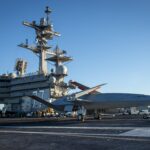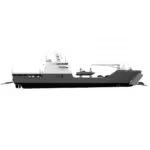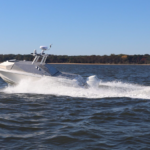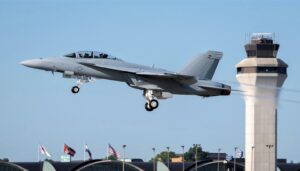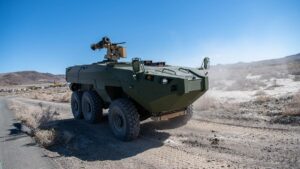
The Marine Corps has detailed its plan for establishing new Mobile Reconnaissance Battalions (MRB), which will include the future Advanced Reconnaissance Vehicle (ARV) as part of a “family of systems.” The latest annual update to the Marine Corps’ Force Design 2030 plan, published on Monday, sets a goal to begin the effort to transition from Light Armored Reconnaissance (LAR) battalions to MRBs by September, to include establishing a new program manager for mobile reconnaissance role to oversee capability efforts. “Our…

 By
By 